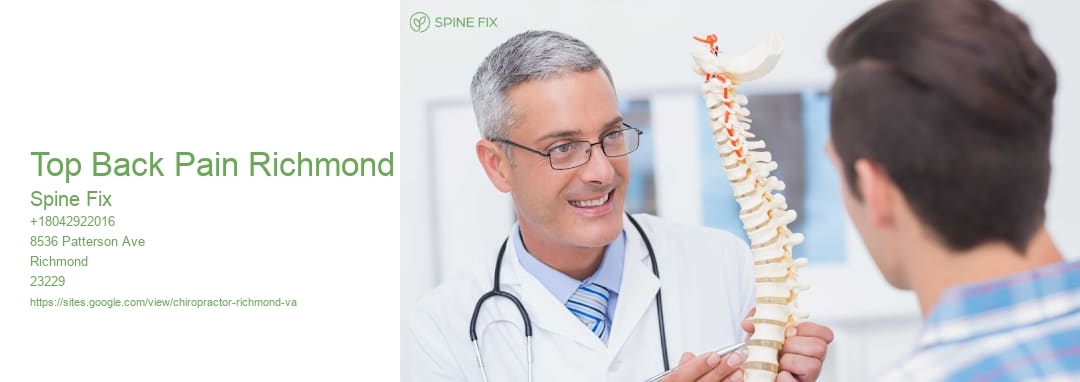Back pain (Latin: dorsalgia) is pain felt in the back. It might be categorized as neck discomfort (cervical), center back pain (thoracic), lower pain in the back (lumbar) or coccydynia (tailbone or sacral discomfort) based upon the section influenced. The back location is one of the most usual location influenced. An episode of neck and back pain may be severe, subacute or chronic relying on the period. The discomfort may be characterized as a plain pains, shooting or piercing pain or a burning experience. Pain can emit to the arms and hands along with the legs or feet, and may include feeling numb or weakness in the legs and arms. Most of neck and back pain is nonspecific and idiopathic. Common underlying mechanisms consist of degenerative or stressful changes to the discs and element joints, which can then cause secondary discomfort in the muscular tissues and nerves and referred discomfort to the bones, joints and extremities. Conditions and inflammation of the gallbladder, pancreas, aorta and kidneys may additionally create referred pain in the back. Lumps of the vertebrae, neural cells and nearby structures can likewise manifest as pain in the back. Neck and back pain prevails; around 9 of ten adults experience it eventually in their lives, and 5 of 10 working grownups experience pain in the back annually. Some price quote that as most of 95% of individuals will certainly experience neck and back pain at some point in their lifetime. It is one of the most typical reason for persistent discomfort and is a major contributor to missed job and disability. For many individuals, back pain is self-limiting. Many people with pain in the back do not experience chronic severe discomfort however rather consistent or periodic pain that is moderate or modest. For the most part of herniated disks and constriction, remainder, injections or surgery have similar basic pain-resolution end results generally after one year. In the United States, intense low neck and back pain is the 5th most common reason for physician check outs and creates 40% of missed out on work days. It is the single leading root cause of impairment worldwide.
.



